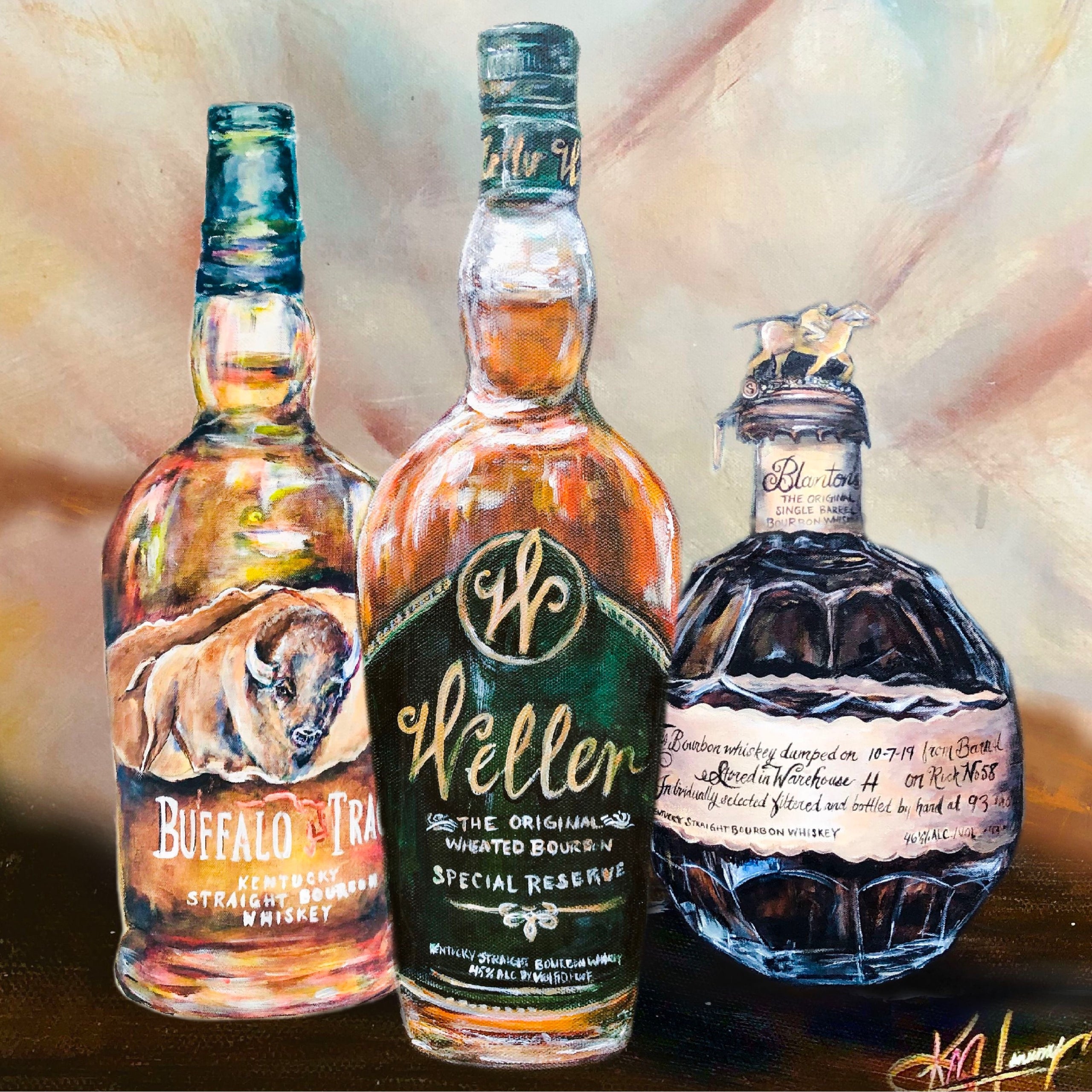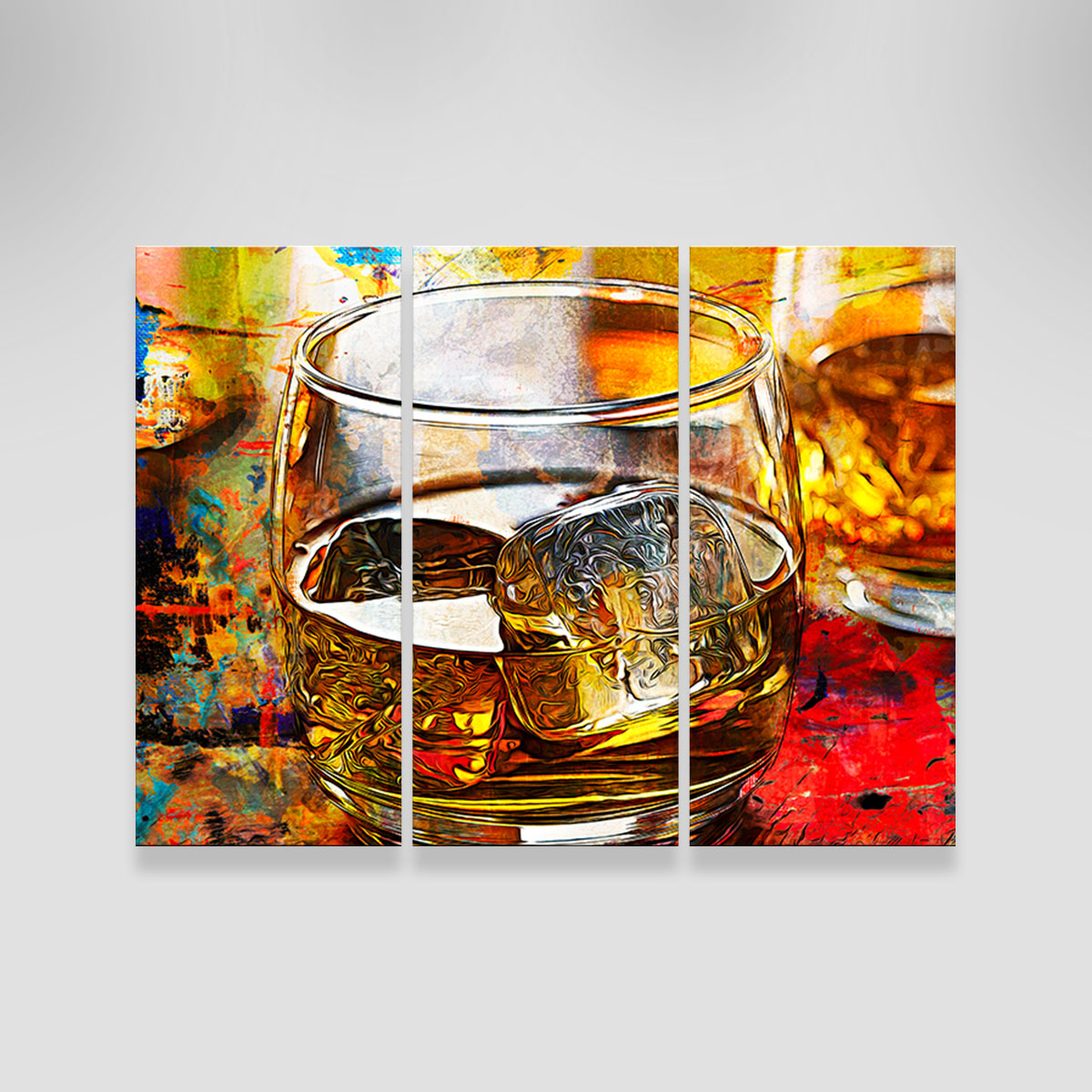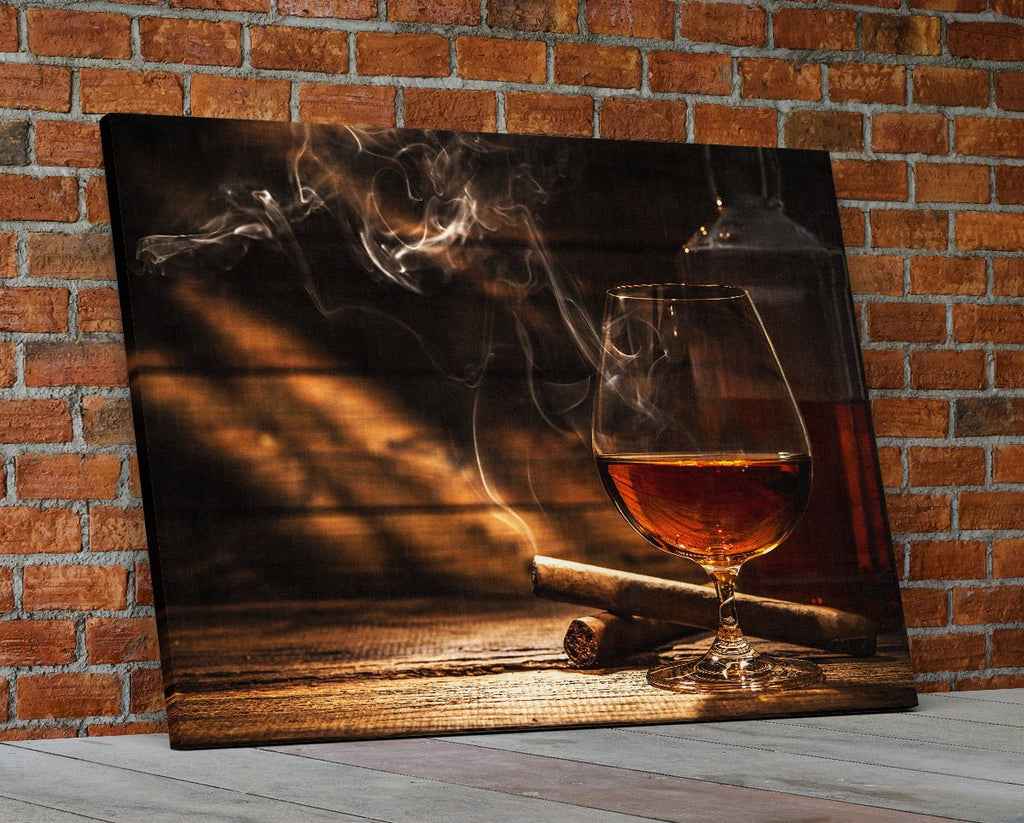Limited Edition Bourbon Art: Why Collectors Are Flocking to Distinct Finds
The Value of Whiskey Art in Celebrating Heritage and Craftsmanship in the Beverage Industry
The elaborate connection in between scotch art and the celebration of heritage and workmanship within the beverage market can not be overemphasized. With thoughtfully made tags and bottles, bourbon brands encapsulate their historic roots and the artisanal abilities that specify their manufacturing techniques.
The Historical Origins of Whiskey
At the heart of whiskey's attraction exists an abundant tapestry of historic roots that trace back to old human beings. The origins of bourbon can be connected to the purification methods of the Sumerians and Babylonians around 2000 BCE, where very early kinds of fermented grain drinks started to emerge. Nonetheless, it was in the Middle Ages that the art of purification evolved considerably, specifically in Ireland and Scotland, resulting in the development of whiskey as we recognize it today.
The term "bourbon" itself obtains from the Gaelic word "uisce beatha," implying "water of life." This phrase underscores the cultural relevance of bourbon in Celtic cultures, where it was usually connected with rituals, parties, and public bonding. By the 15th century, purification came to be an acknowledged craft within monastic neighborhoods, leading the way for the establishment of lawful distilleries.
As profession paths increased, scotch's appeal expanded, transcending regional borders and recording the interest of lovers worldwide. Realism Art. This historical trip shows not just the craftsmanship behind scotch production yet also its indispensable role in social and social contexts, noting it as a significant drink throughout background
Artistic Expression in Branding
Whiskey branding stands as a compelling crossway of creativity and commerce, where visual identification plays a crucial function in forming consumer perception. The aesthetic appeals of whiskey labels, product packaging, and advertising materials mirror not just the brand's tale however also its core worths and heritage. Via artistic expression, distilleries convey a narrative that resonates with consumers, stimulating feelings and stimulating connections.
The usage of shade, typography, and imagery in branding serves to separate items in a saturated market. As an example, standard motifs may evoke a sense of authenticity and craftsmanship, while modern layouts can represent innovation and forward-thinking. This tactical imaginative instructions boosts brand acknowledgment and loyalty, permitting customers to build an individual partnership with the scotch they select.
Moreover, creative expression in branding often functions as a party of local heritage. Distilleries regularly integrate neighborhood symbols or historical references into their styles, producing a feeling of area that welcomes consumers to take part in a more comprehensive social experience. Ultimately, the virtuosity behind whiskey branding not just improves aesthetic allure but additionally enriches the general story of the brand name, promoting a deeper recognition for the craftsmanship and heritage embedded in each bottle.
Craftsmanship in Bottle Layout
The virtuosity apparent in whiskey branding prolongs beyond visual identity to include the workmanship included in bottle design. Each bottle works as a vessel not just for the spirit within, but also for the story it outlines its custom, quality, and origin. The layout process requires meticulous focus to detail, as components such as material, form, and closure contribute significantly to the overall perception of the scotch.
Workmanship in container layout involves selecting high-grade glass that can enhance the scotch's color and clearness, while likewise supplying a responsive experience for the customer. The shape of the bottle have to be both practical and aesthetically appealing, commonly reflecting the heritage of the brand name. Several distilleries select special shapes or embossed logo designs that evoke a feeling of authenticity and background.
Furthermore, the tag layout and typography play a crucial role in connecting the brand name's story. Realism Art. A well-crafted bottle not only mesmerizes the customer's eye however additionally strengthens the brand name's dedication to top quality and custom. By doing this, the craftsmanship of container style becomes a crucial facet of the whiskey experience, merging virtuosity with a profound regard for heritage
Cultural Relevance of Whiskey Art
Commemorating practice and craftsmanship, the cultural importance of scotch art goes beyond mere visual appeals, intertwining with the social and historic stories of the areas where it stems. Each container acts as a canvas, depicting the special stories, folklore, and traditions that have formed neighborhood whiskey-making methods. The elaborate styles frequently reflect the heritage of the distillers, integrating icons and motifs that reverberate with the culture and values of their neighborhoods.

On top of that, bourbon art plays a vital role in public events and celebrations, functioning as a concrete web link between people and their shared experiences. By valuing the creativity in scotch product packaging, customers cultivate a much deeper understanding and regard for the craft, eventually improving their pleasure of the beverage itself.
Modern Trends in Scotch Presentation
Recently, the discussion of bourbon has advanced to show contemporary preferences and fads while still honoring typical craftsmanship - Bourbon Art. Distilleries are significantly concentrating on visual components that boost the overall drinking experience, connecting the gap between heritage and modernity
Innovative bottle designs have emerged, often incorporating lasting materials and imaginative labels that inform compelling stories. Several brand names now work together with click this site local artists, infusing their products with distinct visual expressions that resonate with customers. Additionally, limited-edition launches are typically packaged in collectible containers, adding worth and charm for aficionados.

Conclusion
To conclude, bourbon art acts as an essential conduit for revealing the heritage and workmanship fundamental in the have a peek at this site drink sector. Through elaborate branding, cutting-edge container designs, and culturally significant creative components, bourbon brands efficiently recognize their practices and attach with consumers. This artistic narrative not only raises the admiration of whiskey yet also reinforces neighborhood identity and satisfaction amongst manufacturers. Eventually, bourbon art plays an essential role in preserving and celebrating the rich social tapestry of whiskey-making.


Craftsmanship in bottle design includes selecting high-grade glass that can improve the bourbon's color and quality, while also giving a tactile experience for the customer. In this way, the craftsmanship of bottle layout ends up being an essential element of the bourbon experience, merging creativity with an extensive respect for heritage.
In final thought, bourbon art serves as a crucial avenue for revealing the check over here heritage and workmanship fundamental in the drink sector.